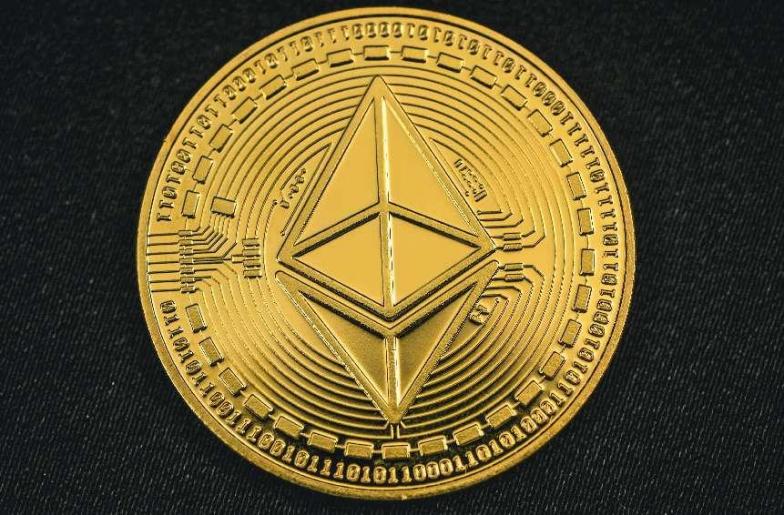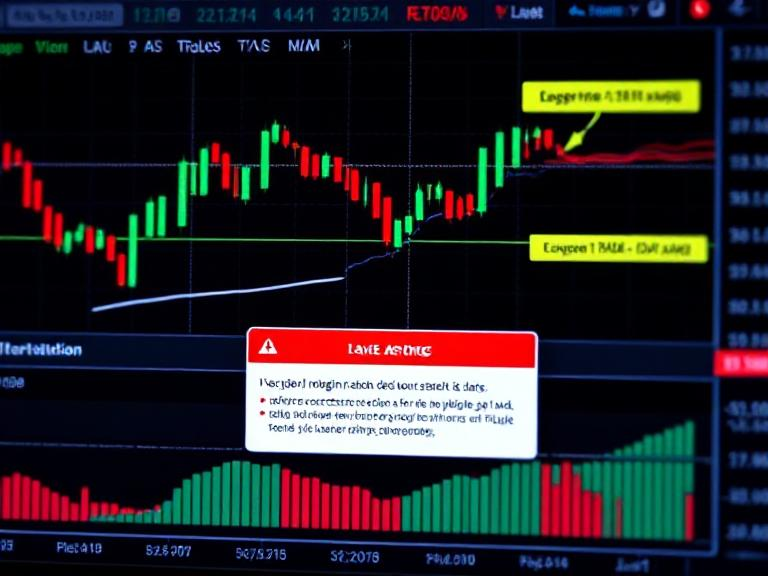Beyond Bitcoin: Undiscovered Prospects in the Next Frontier of Blockchain
Overview: The Transition from Conjecture to Use
Most people probably picture Bitcoin, Ethereum, or the next viral coin that soars to new heights when they hear the word "cryptocurrency." But beyond the speculative appeal of price fluctuations, blockchain technology's true impact lies in its capacity to radically alter whole industries. The emphasis is moving from speculative activity to the creation of blockchain use cases with real-world, long-term benefits as the hype-driven bull markets fade. There are amazing chances in niches that are frequently missed by mainstream investors, if they have the patience and critical eye to see through the clutter.
This essay will explore new blockchain applications that go beyond popular perceptions, showcasing unnoticed possibilities with practical uses. Additionally, we will offer a framework for assessing blockchain initiatives and investigating the ways in which this technology might address significant inefficiencies in conventional sectors.

Deep Dive: Illiquid Asset Tokenization (Art, Real Estate)
The tokenization of illiquid assets, including as real estate and artwork, is one of the most exciting areas of blockchain technology. Because of their tremendous value, market inefficiencies, and intricate legal frameworks, these assets are difficult to buy, sell, or trade in ordinary markets. A new era of fractional ownership, liquidity, and transparency is being made possible by blockchain, specifically through non-fungible tokens (NFTs) and security tokens.
Consider real estate as an example. Usually slow, real estate transactions involve a lot of paperwork, middlemen, and expensive transaction costs. With the use of tokens and blockchain technology, properties can be split up into fractional shares. These tokens can be exchanged on decentralized platforms, giving smaller investors access to the real estate market and boosting liquidity in an asset sector that has historically lacked it.
In a similar vein, tokenizing art permits fractional ownership, giving smaller investors access to valuable goods. Similar to how royalties operate in the music industry, artists can create smart contracts to get a portion of future sales, giving them more direct control over their creations.
By opening up new investment opportunities, lowering entry barriers, and increasing transparency, the tokenization of these assets is changing sectors and is not merely a speculative fad. There is no denying the potential for long-term growth in this sector as more regulatory frameworks pertaining to these tokens develop.

Example: How a Decentralized Identity Protocol Lowers E-Commerce Fraud
In the e-commerce sector, fraud is a multibillion dollar problem. Identity theft, fraudulent reviews, and account takeovers result in significant losses for both customers and retailers. To solve these issues, blockchain technology is currently being used to create safe, verified IDs.
One such initiative is decentralized identification protocols, which store personal identity data in a user-controlled, private, and safe manner using blockchain technology. By enabling people to handle and distribute their personal data independently of a centralized authority, these technologies lower the possibility of fraud and data breaches.
A decentralized identity, for instance, might enable a customer to authenticate themselves with an online store without disclosing private information like their address, phone number, or credit card number. This guarantees data privacy, boosts consumer-vendor trust, and eventually lowers fraud.
This use case is not only hypothetical. Adoption is increasing, and real-world projects like SelfKey and Sovrin are already up and running. As privacy concerns continue to develop and legal pressure on data security increases, the market for decentralized identification solutions is actually predicted to grow enormously over the next ten years.
Five Metrics to Help Investors Distinguish Between Hype and Substance
It might be difficult to separate high-quality initiatives from the noise as the bitcoin market develops more. Investors can assess blockchain projects using these five crucial measures, which go beyond the hype:
1. Team Credibility: Consider the founders' and team members' backgrounds and experience. Do they have a track record of successful projects or are they blockchain experts? Long-term viability is frequently indicated by a strong, open team with demonstrated skill.
2. Tokenomics: Recognize the token model of the project. Do the tokens have a deflationary or inflationary effect? Does the token have a clear use case that goes beyond conjecture, and what is its utility within the ecosystem? An essential component of a project's sustainability is sound tokenomics.
3. Regulatory Alignment: Different countries have differing degrees of support or restriction for blockchain, and the regulatory environment is continually developing. Does the proposal comply with important markets' regulatory requirements? Its long-term success may be impacted, and future problems may be avoided.
4. On-Chain Data: It's critical to evaluate on-chain activities using technologies like Glassnode or Dune Analytics. Metrics like transaction traffic, active wallet addresses, and token distribution can offer important information about a project's practical application and future expansion prospects.
5. Community and Ecosystem: The success of every blockchain initiative depends on a vibrant, active community. Examine the project's network strength, user adoption growth, and development activity level. These elements frequently operate as predictors of a project's lifespan and practical implementation.

Conclusion: Getting Ready for the Regulatory Environment of 2025
The landscape of blockchain and cryptocurrencies is always changing, and the regulatory environment is one of the key elements influencing the direction of the sector. We can anticipate heightened international government monitoring and possibly more precise regulations by 2025, particularly with relation to decentralized finance (DeFi), tokenized assets, and privacy procedures.
For investors, this entails monitoring legislative changes and making sure that any blockchain project they support complies with new regulations. To make sure that their innovations don't encounter legal obstacles, developers must simultaneously take a proactive stance in order to align their initiatives with these regulations.
To sum up, blockchain technology is progressing from theoretical hoopla to practical uses that potentially address major problems in a range of sectors. Astute investors might set themselves up for success in the quickly changing market of 2025 and beyond by spotting and funding these undiscovered prospects. Being a member of the wave that is creating the future of decentralized systems is more important than simply trying to catch the next one.
(Writer:Dirick)





